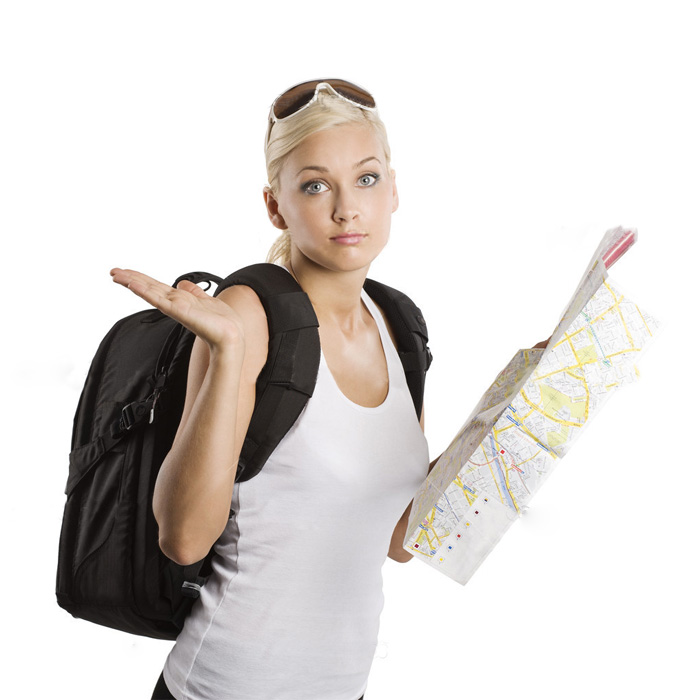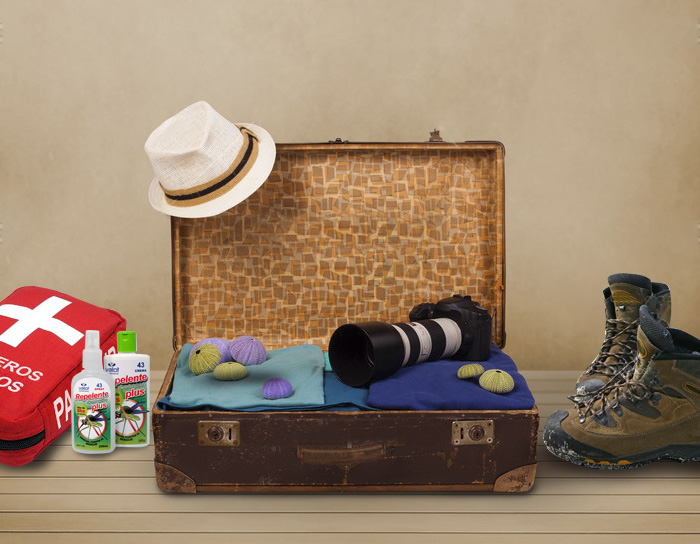TEMPERATURE
Being such a geographically diverse country within the tropical belt, the weather in Peru is determined both by altitude and season. However, it also means that there is almost invariably sunshine somewhere in Peru ! Below is a summary of the weather conditions you can expect to find in each different region of the country at different times of the year.
Coast (Ica, Chiclayo, Lima, Piura, Trujillo, Tumbes)Northern region: warm year-round with highs of up to 35°C in the summer.
Central and southern regions: two well-defined seasons, winter between April and October, and summer between November and March.
Highlands (Ancash, Arequipa, Ayacucho, Cajamarca, Cusco, Puno)
This region has two seasons, dry season between April and rainy season between November and March.
Rainforest (Iquitos, Madre de Dios, Manu)
High rainforest (over 2,300 feet asl): has a temperate, subtropical climate with abundant rainfall.
WE RECOMMEND YOU TO
- Use boots during treks and sneakers during long walks.
- Drink lots of liquids on long excursions, especially during the Inca Trail
- Always taking an umbrella or rainwear.
WEATHER
Cusco has a temperate climate with year round temperatures fluctuating between 14º - 16ºC, with warm days and cold nights. The rainy season in Cusco is from December to March.
Machu Picchu has a semi-tropical climate, with warm and humid days and cold nights. The rainy season in Machu Picchu is from November to April.
Although you can trek during the months of April to October, the best months for visiting Machu Picchu are May and June.
ALTITUDE
Cusco City: 3360 m.a.s.l.
Machu Picchu: 2400 m.a.s.l.
Sacred Valley of the Incas: 2850 m.a.s.l.
WATER
Tap water in most of Peru is potable, but the chemical content varies from place to place. To avoid problems, we recommend you to always drink bottled water.
VISAS
All travellers should contact the nearest Peruvian consulate in order to ascertain what visa rules apply, since these may change without previous notice.
AIRPORT
Hand luggage regulations
a) All liquids must be carried in containers whose capacity can not exceed of 100 ml (or its equivalent in other volumetric units, such as liquid ounces for instance). No liquids will be allowed in containers of more capacity than the said 100 ml, even if the container is not completely full.
b) The containers must be placed in reclosable plastic bags with a maximum capacity of 1 liter. The containers must fit effortlessly in the transparent plastic bag, which must be perfectly sealed.
c) The plastic bag must be presented at the inspection post for its visual examination. Only one plastic bag per passenger can be allowed.
d) Exceptions must be made in case of medications, milk and baby food, as well as in case of passengers who require a special diet. There must be the appropriate means in place to verify the nature of these liquids.
Likewise, exceptions must be made regarding liquids purchased in the duty free shops at the airport or on board an aircraft, provided that these liquids are packed in a sealed plastic container foolproof against undue manipulations, and that a satisfactory proof (receipt) is produced showing that the article was acquired at the airport’s duty free shops, or aboard an aircraft on the traveling day(s) for passengers leaving an airport or being there on transit.
LANGUAJE
The official languages of Peru are Spanish, spoken by 73% of the population, and Quechua spoken by 24% of Peruvians. English is widely spoken in hotels and shops.
CURRENCY
Perus official currency is the Nuevo sol ; its symbol is S/. The denominations in circulation are bills of 10, 20, 50, 100 and 200 nuevos soles; coins of 1, 2, and 5 nuevos soles; and coins of 5, 10, 20 and 50 céntimos of a nuevo sol. US$ are widely accepted.
At the moment, US$ 1.00 is worth around 3.50 Nuevos Soles.
TIPPING
Whilst tipping is a personal matter, we are happy to give some guidelines:
Most restaurants add a 10% tip. The total tip should be about 15%.
Doorkeepers should be tipped 1 US$ per bag. Taxi drivers do not expect a tip.
Full-day excursion : US$6.00 per person
Half-day excursion : US$3.00 per person
PHOTOGRAPHY
If you are taking photographs of local people, always ask their permission beforehand. Your guide can assist you in this. Do not take photographs of military installations or airports. Film is readily available in all tourist areas. It is advisable to carry your camera in a dust-proof bag. Photography or camera fees are applicable at most sights and museums; your guide can give you details of the latest charges.
ELECTRICITY
Power voltage in Peru is 220 Volts AC, 60 Hz. Most modern electrical appliances do not need adapters since they will accept both 110 as well as 220 AC voltages. Please make sure to check the voltage options of those artefacts you intend to take with you during your trip, such as hair dryers, battery chargers, notebooks and lap tops, video cameras, etc. Most of these do not usually need a special adapter, but it is important that you make sure of that before leaving your country of origin in order not to have to buy special 110 V / 220 V AC adapters, which, however, can be found in the local market here in Peru.
HEALTHD
Vaccinations
Full details of the latest health requirements should be obtained from an authorized medical source, such as your doctor. There are no mandatory health requirements for Peru.
Because you are visiting Andean areas, don't forget to take precautions to avoid altitude sickness. Be sure to try hot tea or infusion of coca leaves on your arrival in the altitude; during your first day move slowly and eat lightly.
PERUVIAN GASTRONOMY
Peruvian cuisine is highly varied and spicy. Some of our typical dishes are: "cebiche" (raw fish marinated in lemon juice), "aji de gallina" (de-boned chicken cooked in a milk and aji sauce), and "anticuchos" (shish kebabs of beef heart and meat), apart from the typical dishes from each region.
Be sure to try "Pisco Sour", Peru's typical mixed drink prepared with pisco, lemon, egg white and sugar.
DRESS CODE
Dress in general is very casual unless you want to eat in one of the more expensive restaurants in Lima for example, in which case a tie and/or jacket will be required and smarter ladies' wear. Due to the altitude, it is important to remember whatever the season, to take some warmer woollens for the nighttimes drop in temperature.
IMPORTANT:
We reserve the right to make changes to the order of the trip, without prior notice, due to changes in climate conditions, river water levels, flight or bus arrival and departure times or any other reason relevant to the best development of the trip.


